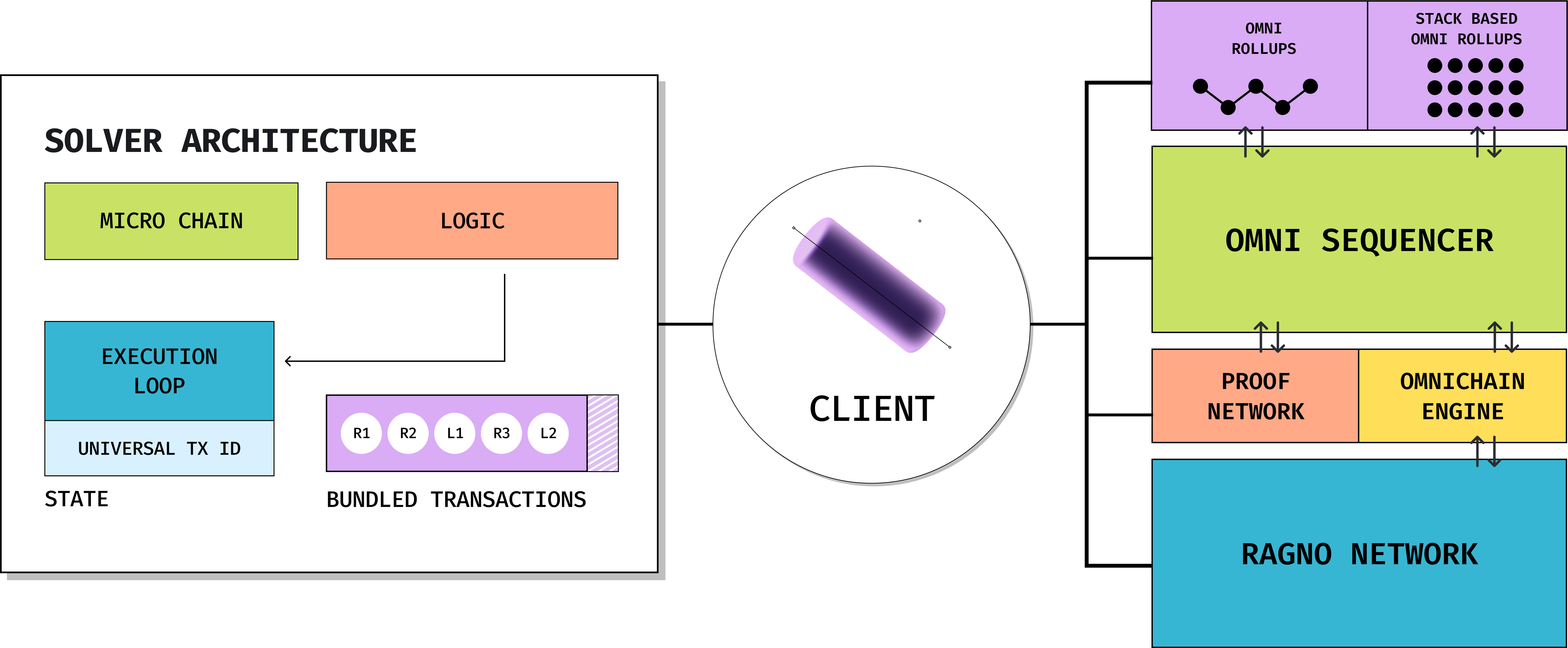Intent Standardization
Chain Specific Adapters
Once the intent is standardized, it needs to be executed according to the transaction rules of
the target L1. This is where L1-specific adapters come into play. These adapters translate the stan-
dardizedintent intoan L1-compatibletransaction, ensuringcompliance withthat blockchain’ssmart
contract execution model, fee structure, and consensus rules.
For example:
On Ethereum, the adapter converts the standardized intent into an ERC-7683-compatible call-
data format to be executed via smart contract calls. On Solana, the adapter translates it into Solana
Program Instructions (SPI), ensuring compatibility with Solana’s account-based execution. On Cos-
mos, the adapter formats it into IBC messages, enabling cross-zone transactions. On Avalanche, it
transforms the intent into Subnets-compatible transactions.
Each L1 maintains a solver contract that listens for execution instructions from the solver rollup.
The solver contract executes the translated intent and reports the transaction status back to the
solver network, which finalizes the process.
Since each solver operates as an omni rollup, it serves as both an executor and liquidity provider.
These solvers: Process standardized intents and optimize execution routes. Communicate with L1
adapters to ensure successful execution. Manage liquidity pools on L1s via smart contracts. Aggre-
gate and batch transactions before settlement, reducing on-chain congestion. This ensures efficient
execution of the intent across the chain, while also reducing gas costs by using Omnichain Web’s
roll-up infrastructure.



